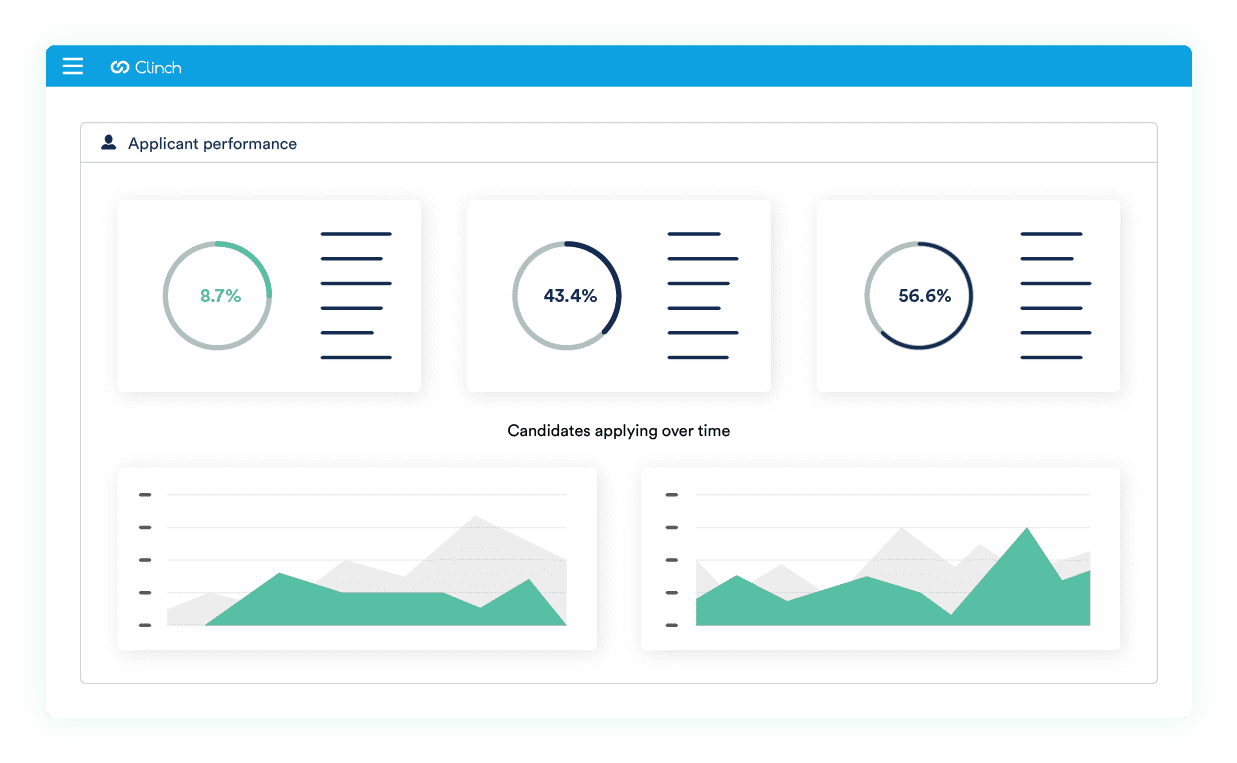Building a strong talent pipeline gives you access to a stream of qualified candidates for your business. Data has shown that talent pipelines are one of the most effective sourcing channels —on average, requiring less than 4 applicants to fill a role. A talent pipelining strategy also provides companies with a way to future-proof their hiring —keeping silver medalists engaged, and nurturing potential candidates for upcoming roles.
But what’s involved in building a talent pipeline? How can companies go from ‘post-and-pray’ to proactively growing their talent communities? Let’s dive in to find out.
Understand your current pipeline strategy
When building a talent pipeline, aim to understand where your candidates are coming from. A talent pipeline is meant to be a living, breathing community of talent —not just a database of resumes your company has collected. A talent pipeline must retrieve data from multiple sources, as well as through your own talent management team. Ask yourself: what candidates are coming into your pipeline? Are they high-quality? Where are they coming from? These answers should help you focus on the right sources to fuel your pipeline growth.
Build a high-powered career site designed to convert
A high-performance career site is an invaluable tool for companies looking to build robust talent pipelines. By strategically incorporating targeted calls-to-action (CTAs), such as “Join our talent network” or “Explore open positions,” businesses can engage and capture the interest of potential candidates. These CTAs encourage visitors to take proactive steps, like subscribing to job alerts or submitting their resumes, which, in turn, allows companies to curate a pool of qualified prospects over time. What’s more, an intuitive and visually appealing career site enhances the employer brand’s appeal, attracting top talent and establishing the company as an employer of choice. Ultimately, a well-designed career site with compelling CTAs not only bolsters a company’s talent pool but also sets the stage for sustained recruitment success.

Score, filter and tag candidates using a recruitment CRM
Effectively sorting, filtering, and tagging candidates upon their entry into your recruitment CRM system is crucial in constructing a robust talent pipeline. It helps talent teams to quickly surface ideal candidates and craft more personalized communications, leading to greater engagement and a better experience for candidates. This meticulous data organization, including key criteria like skillset, location, experience, and preferences, ensures that you can efficiently match the right talent with the right opportunities, ultimately strengthening your talent pipeline and positioning your organization for recruitment success.
Use candidate recommendations
By curating a group of candidates who are familiar with your brand value and the way your business operates, you’ll be able to quickly hire the best possible talent. The best way to keep candidates engaged is through nurturing them with relevant, targeted content. This leading medical organization used Clinch to ensure that each candidate received a personalized experience, through tailored job alert emails, which had an 86% open rate.
Show best-fit job recommendations or share company insights relevant to each candidate’s interest areas — that way, when the right opportunity arises, you have a pool of talent just waiting to hit ‘apply’.

Track key data points
When creating your pipeline, track the key data points involved in recruitment, like the source of hire, time to hire, cost of hire, time in consideration, etc. This data will help you identify any areas for improvement in your hiring process while allowing you define clear, specific goals.

For more information on the best recruitment metrics to track, head here.
Integrate with other vendors
Applicant tracking systems (ATS), combined with a powerful recruitment CRM, are the driving force behind developing a high-quality talent pipeline. Clinch allows you to integrate your own career sites and CRM with your current ATS to enhance your approach to recruiting. That way, you’re able to impact the entire hiring process —from initial interest through to application and beyond.
Final thoughts
Clinch empowers hiring teams to build out healthy talent pipelines your company can rely on. Whether you want to boost applicant quality, build a compelling career site, or improve communication with candidates, Clinch’s candidate relationship management (CRM) solution can help. Take our 3-minute tour and see how Clinch can improve your hiring strategy.



